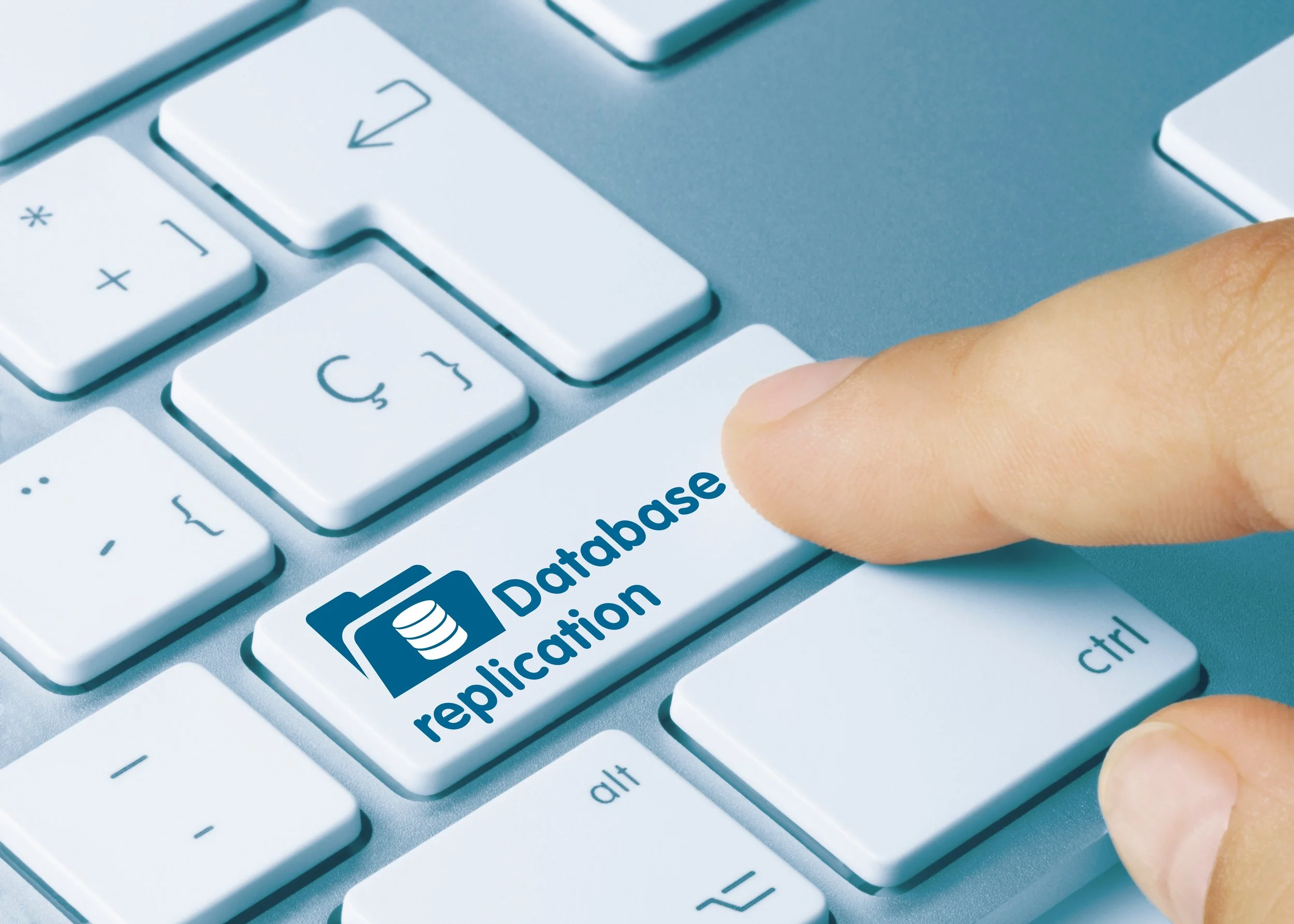The financial services sector has reached a pivotal moment. HSBC and IBM Quantum have successfully demonstrated the world's first quantum-enabled algorithmic trading application, marking a significant milestone for quantum computing in global financial markets.
Using IBM's quantum platform, HSBC developed algorithms that process complex market data and execute trades beyond classical computing capabilities. The demonstration focused on portfolio optimization and trade execution in volatile conditions, with quantum algorithms simultaneously evaluating vast combinations of market variables - a task that becomes exponentially harder for classical systems.
This development is particularly timely. As markets grow increasingly complex, traditional algorithmic systems face mounting limitations. HSBC's quantum approach leverages superposition and entanglement to explore solution spaces that would take classical computers impractically long to analyse. Beyond trading, quantum computing could revolutionize fraud detection, credit risk assessment, derivatives pricing, and regulatory compliance.
For financial services leaders, quantum computing is becoming a competitive differentiator. Organizations should build quantum literacy, explore partnerships with technology providers, and identify use cases delivering measurable value. The technology demands strategic attention and investment today.
As HSBC and IBM refine their algorithms, the industry approaches an era where quantum-classical hybrid systems become standard infrastructure. Those who act decisively will be best positioned to capitalize on the quantum revolution reshaping finance.


